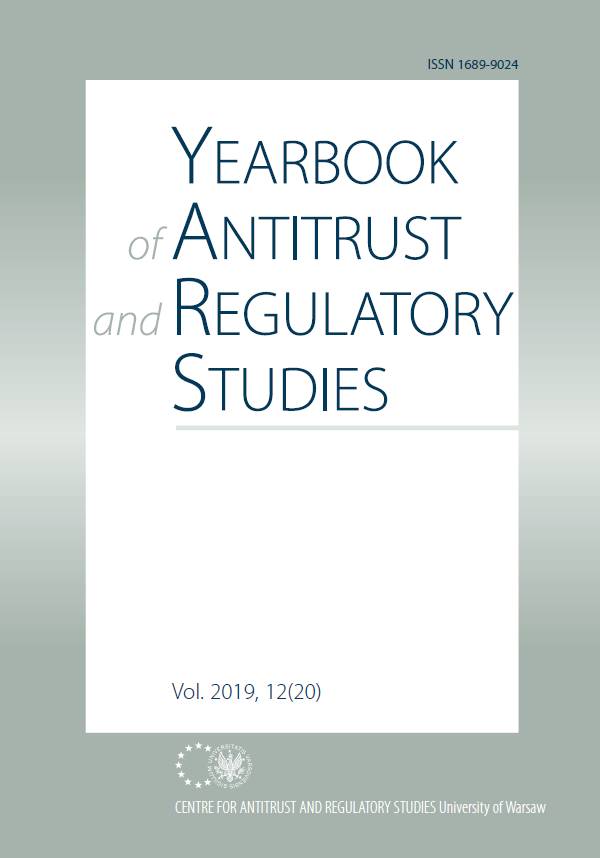The Principles of Article 102(c) TFEU in Cases of Non-exclusionary Secondary Line Discrimination on Grounds Other than Nationality
The Principles of Article 102(c) TFEU in Cases of Non-exclusionary Secondary Line Discrimination on Grounds Other than Nationality
Case Comment to the Judgment of EU Court of Justice of 19 April 2018 Meo-Serviços de Comunicações e Multimédia(C-525/16)
Author(s): Jan SzczodrowskiSubject(s): Economy, Law on Economics
Published by: Wydawnictwo Naukowe Wydziału Zarządzania Uniwersytetu Warszawskiego
Summary/Abstract: Although the instances of application of Article 102(c) TFEU can hardly be described as rare, to date it has been applied to essentially two sets of diverging situations, namely to discrimination on grounds of nationality on the one hand, and other forms of discrimination on the other. While there is a relatively high number of instances of the former category of applications, and the criteria of the application of Article 102(c) TFEU to such situations seem straightforward, fewer cases exist in which Article 102(c) TFEU was applied to non-exclusionary secondary line discrimination on grounds other than nationality, and the criteria of application are arguably less clear. The judgment in case C-525/16 MEO represents a significant, yet not a revolutionary step in its interpretation. While in some respects, it may be seen as bringing some novelty (for example, the delineation of the respective scopes of application of Article 102(b) and Article 102(c) TFEU), in others (that is, the notion of competitive disadvantage), it rather confirms the principles which have been previously established. Arguably, the Court’s teaching on the elements which the competition authorities and courts across the EU may have at their disposal to establish the existence of competitive disadvantage, within the meaning of Article 102(c) TFEU, is open to various interpretations. Yet it does to a certain extent shape the toolkit that these authorities and courts may have at their disposal and leaves some room for reasonable welfare related arguments
Journal: Yearbook of Antitrust and Regulatory Studies (YARS)
- Issue Year: 12/2019
- Issue No: 20
- Page Range: 269-278
- Page Count: 10
- Language: English

